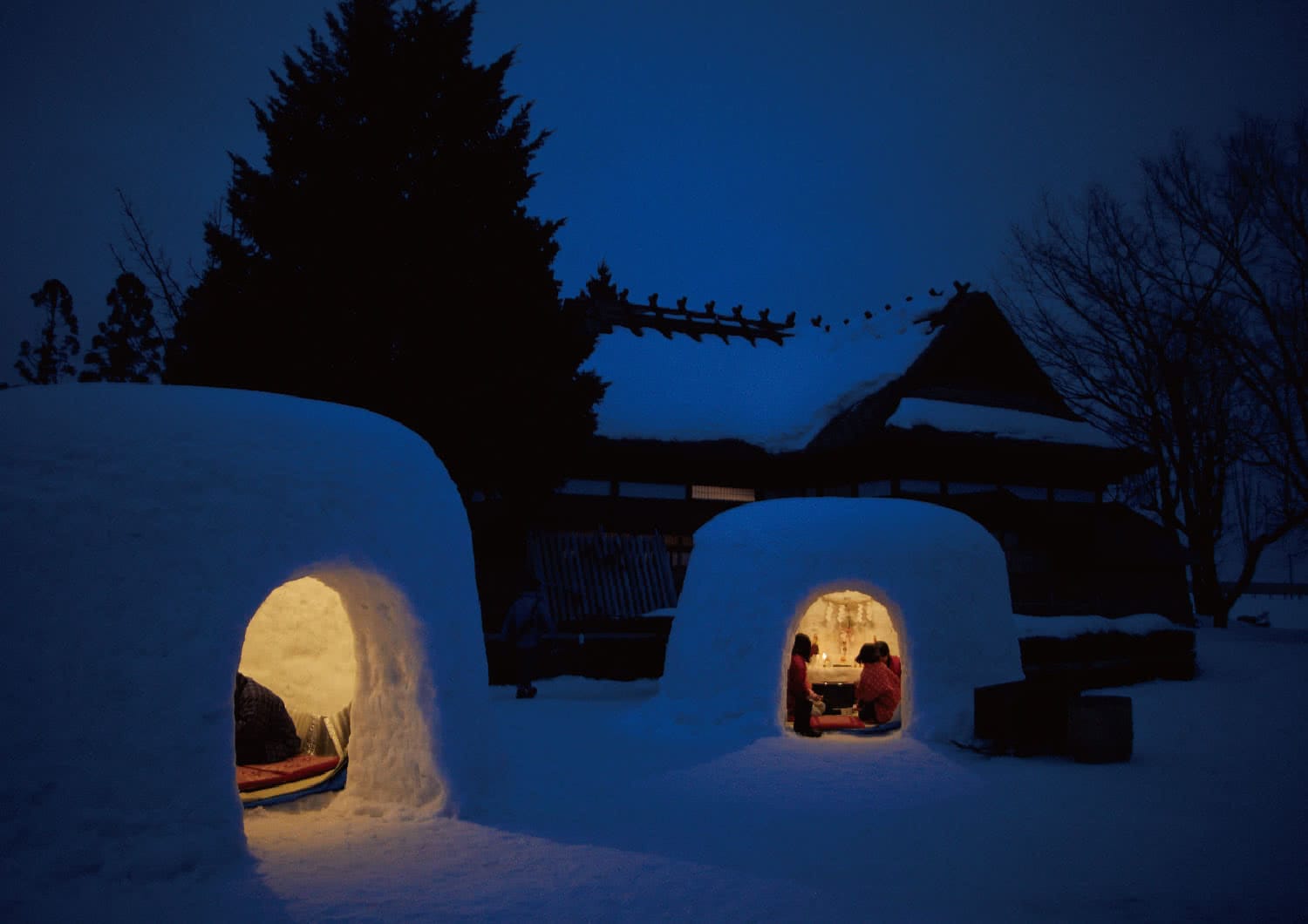We’ve started to learn about the Yokote Kamakura. Continuing on from last time, we are speaking to Mr. Terui, the chairman of the Kamakura committee.
Lecturer:
Yoshihito TERUI
- 1. Kakunodate Hiburi Kamakura
- 2. Rokugo Kamakura
- 3. Yokote Kamakura (Part 1)
- 4. Yokote Kamakura (Part 2)
Written by Fumiko YABUKI
Editor; former designer. Born and raised in Akita, she is a hardcore Akita native! She is Deputy Chief Editor for the free magazine “non-biri”.
Photographs by Yoma FUNABASHI
4Yokote Kamakura (Part 2)
- TERUI
- I’m from Yokote myself but from somewhere a bit further away from the center of town. Where I’m from there’s much less excitement about the festival – February 15th is just another day. However, I used to enjoy making kamakura myself when I was a kid.
- YABUKI
- Right.
- TERUI
- When I was small, winter was all about the snow. All I needed to have fun in winter was snow and a shovel for scooping it up. That’s all there was, so all I ever did was dig (laughs).
- YABUKI
- Ha ha!
- TERUI
- It’s perfectly understandable. You don’t need any particular reason. If there’s snow around, then making kamakura is a perfectly natural thing to do, isn’t it?
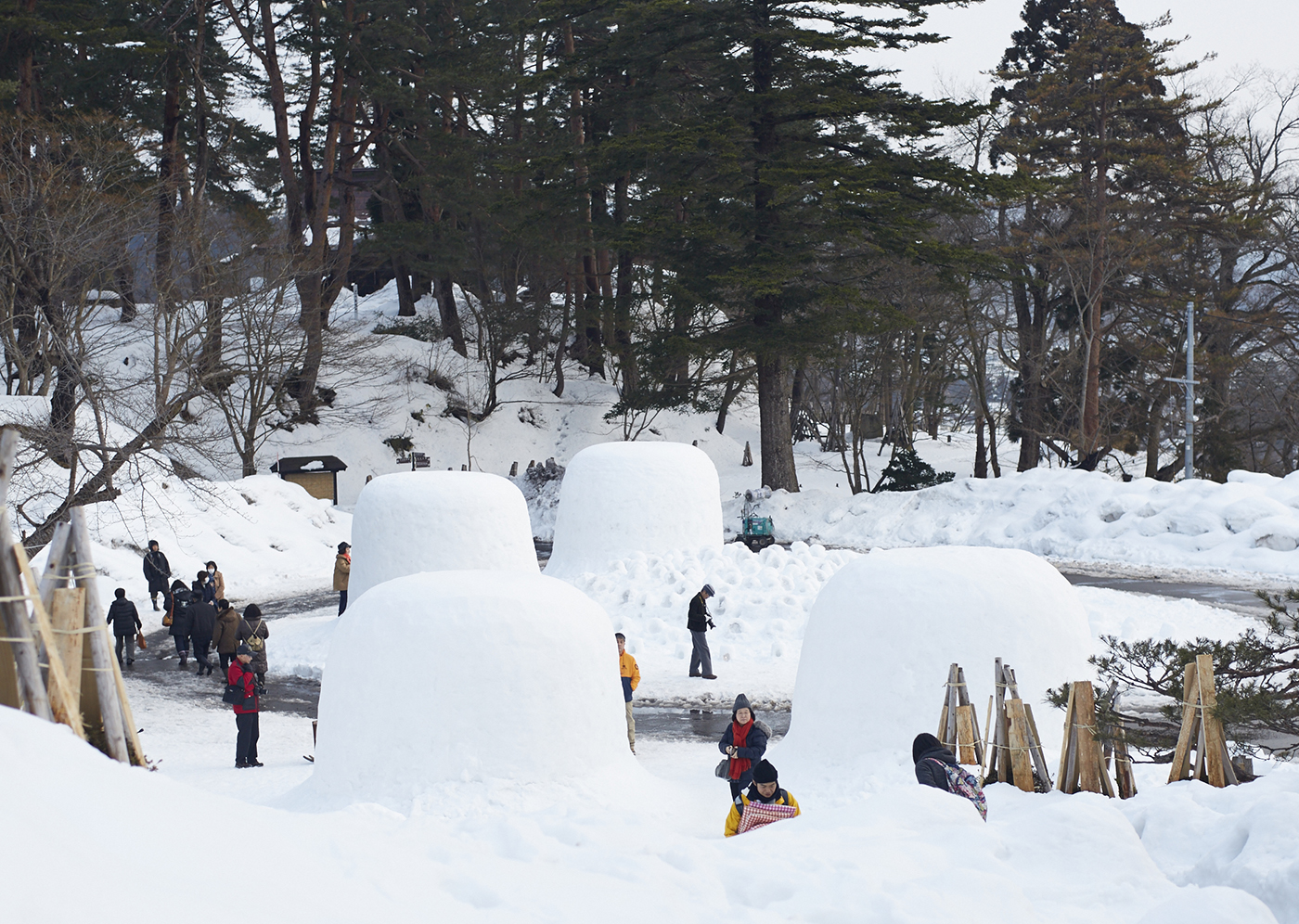
- YABUKI
- Yes, indeed.
- TERUI
- In actual fact, this event probably didn’t have such a deep meaning originally (laughs). It’s only later that a divine aspect was added to it.
- YABUKI
- You could well be right!
- TERUI
- Right now I’m the chairman of the kamakura committee. But it’s actually been 34 years since I made a kamakura myself.
- YABUKI
- Were you a professional kamakura builder?
- TERUI
- No, I wasn’t actually a professional builder. Yokote Park is a different kind of venue. It’s a unique place for the young people round here. We planned the whole thing ourselves.
- YABUKI
- What’s the set-up? How does it work?
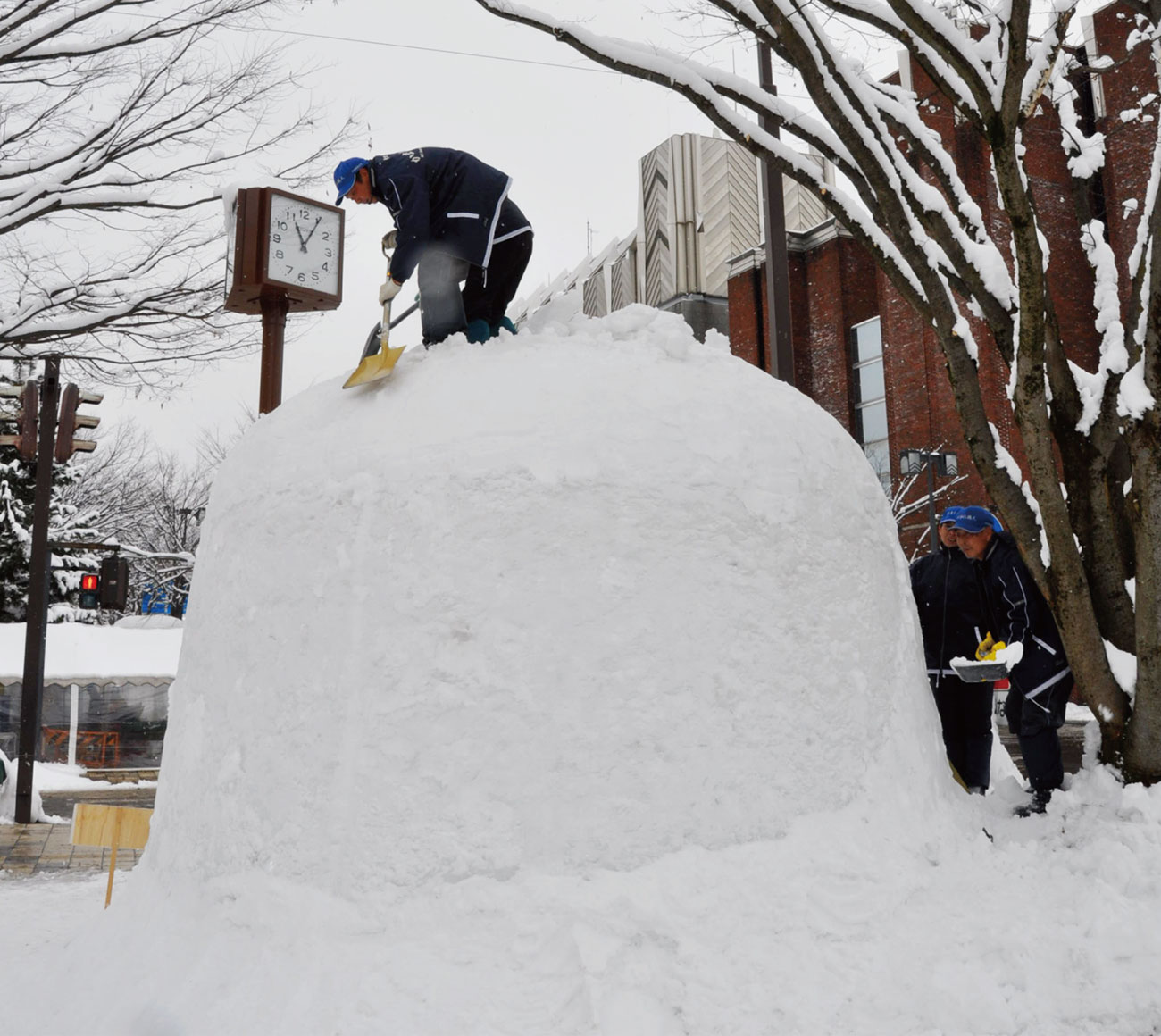
- TERUI
- Originally we had an organization called the Kamakura Village Executive Committee. When we had meetings, people used to say, “We don’t hold any fun events in winter at the moment. We’ve got all this snow so why not make some kamakura?”
- YABUKI
- Right, right.
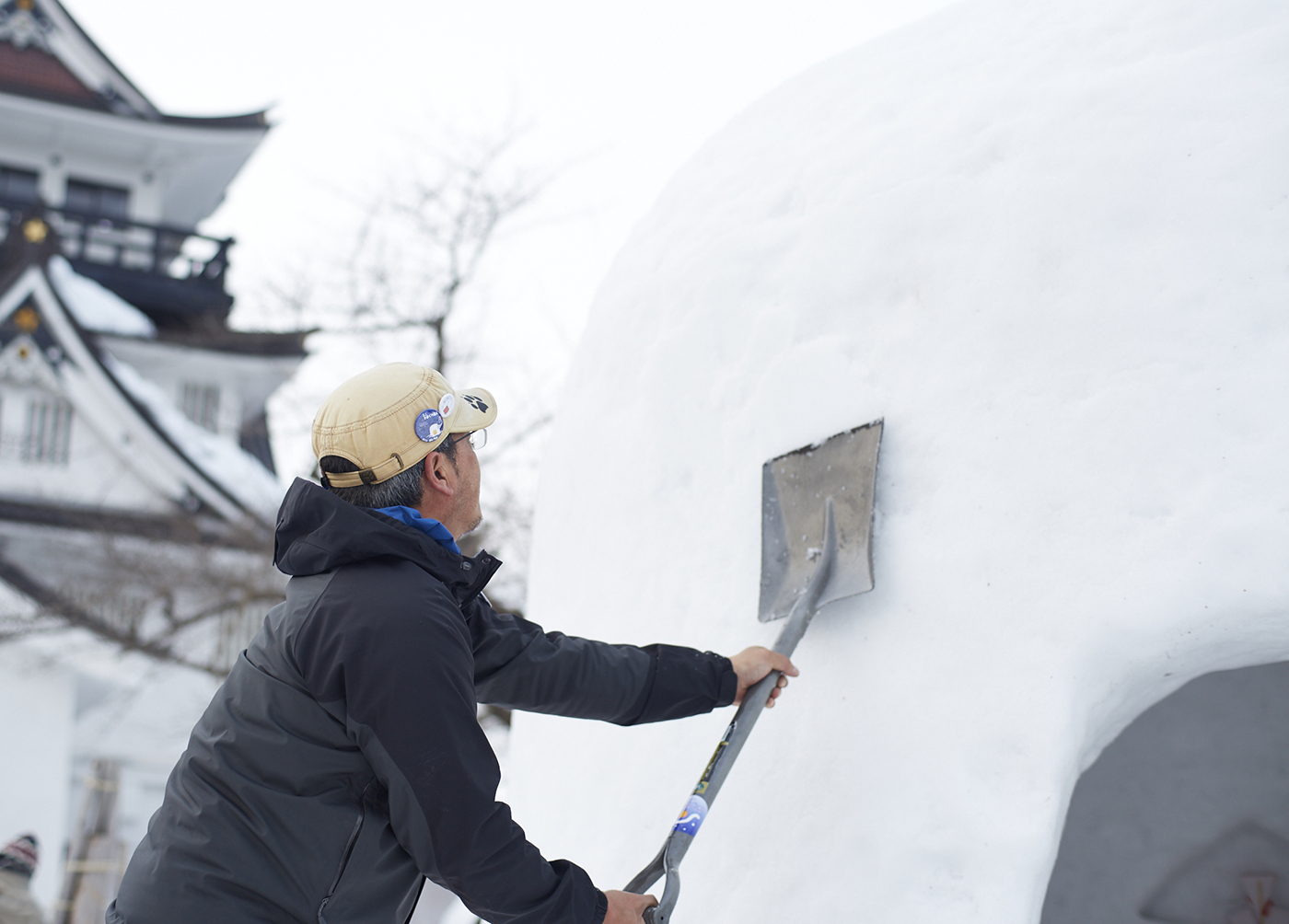
- TERUI
- So we got together after work in the evenings and made about 10 kamakura in a month. We did it all ourselves, we hollowed the kamakura out on our own and then went inside and had a drink. That’s why it was so enjoyable!
- YABUKI
- It wasn’t a job, it was just a bit of fun…
- TERUI
- Yes, exactly. We’d just turn up then somebody will be there.
- YABUKI
- Right, right.
- TERUI
- Now you need to submit a proper application for occupying a space on the city street.
- YABUKI
- So it’s gradually turned into an event like the current one?
- TERUI
- Yeah. We have to compromise a bit more now (laughs).
- YABUKI
- I guess this is how most festivals and events start. People say “Let’s all get together and do this,” and then gradually it takes off. This is probably how it all started 450 years ago.
- TERUI
- Yes, that’s right.
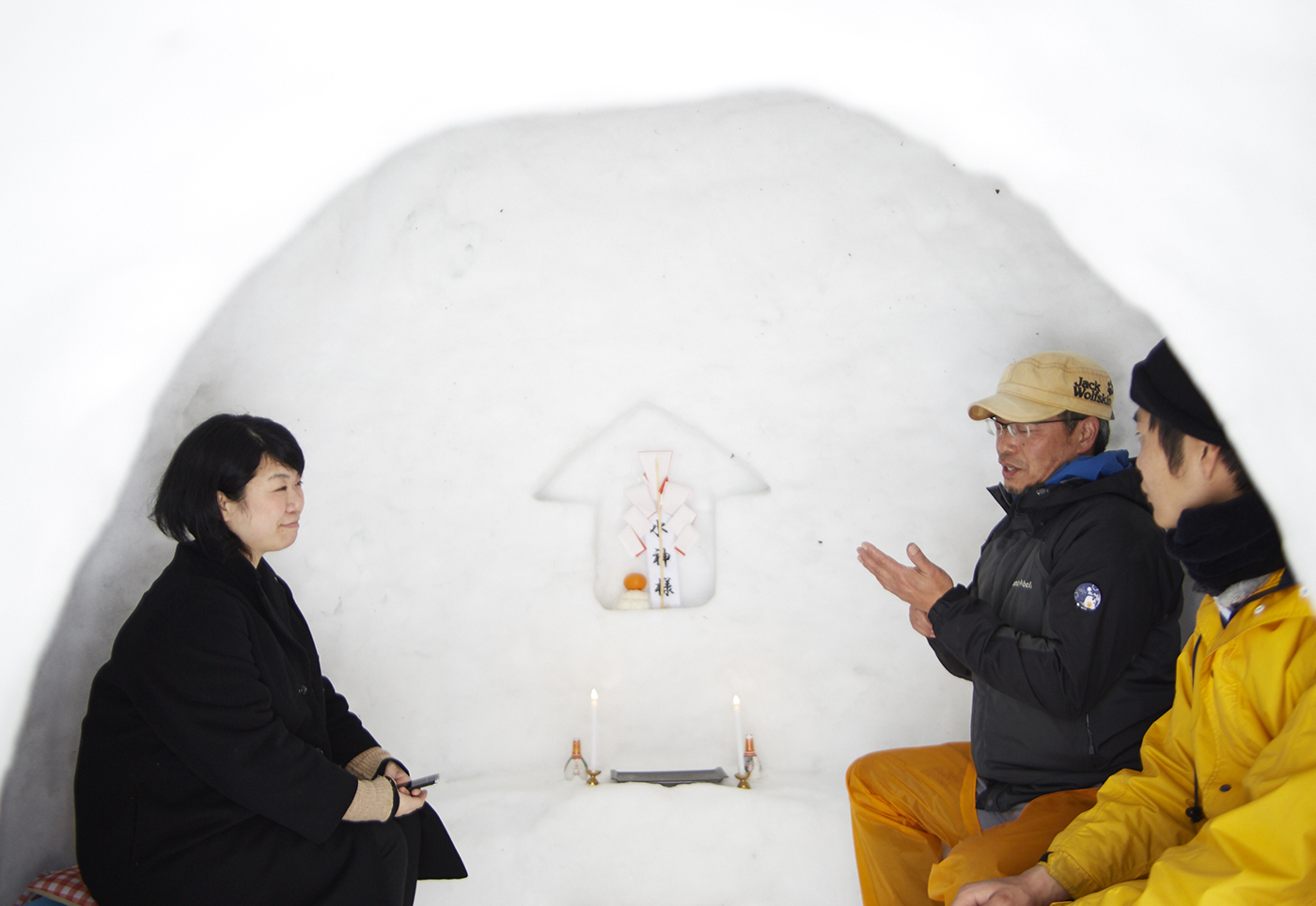
- YABUKI
- It started off as a bit of fun and now it’s a major event.
- TERUI
- Who’d have thought it! We just used to do this for ourselves and I’m staggered that so many people want to take part in it now!
- YABUKI
- Yeah! It’s really taken off, hasn’t it?
- TERUI
- That’s the power of motivation, right?
- YABUKI
- So how would you like to see the event develop in future?
- TERUI
- Well… Some people say they regret the fact that the shape of the kamakura has changed over the years. My own opinion is that you need to adapt with the times. Change is exactly what you need to stay relevant from generation to generation, rather than being stuck in the past.
- YABUKI
- I see.
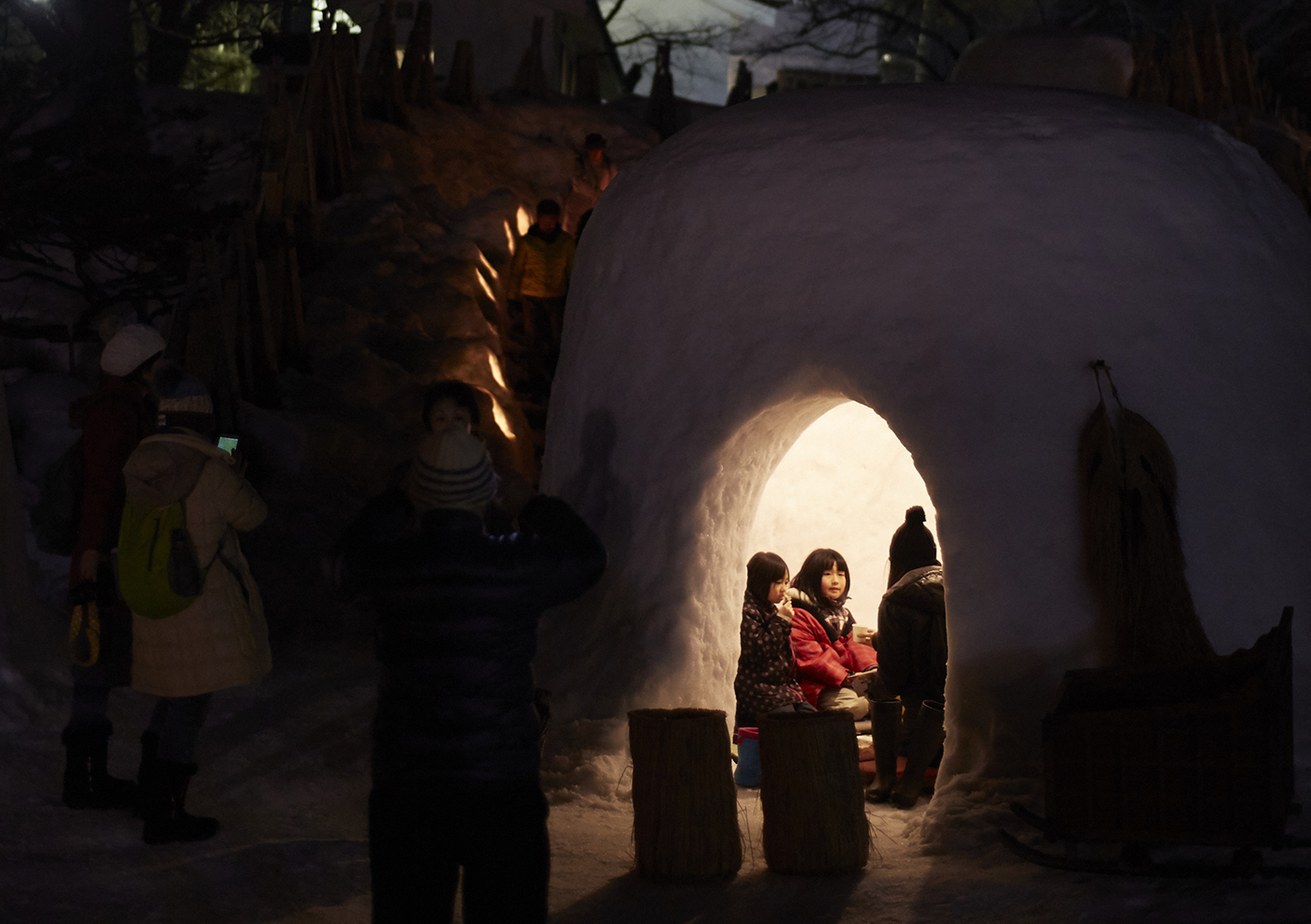
- TERUI
- For example, take the date of the event. It was originally fixed on February 15th and 16th. But if we’re too rigid about this, we might find fewer people wanting to take part. If you think about it, I’m sure people would prefer the event to be at the weekend, wouldn’t they?
- YABUKI
- Right, right. So I can see that it makes sense to change some things about it. But on the other hand, what aspects of the event shouldn’t change, do you think?
- TERUI
- Well, this is a kind of ceremony or ritual. It’s more than just simply an event.
- YABUKI
- You mean, for example, because you are giving thanks to the gods?
- TERUI
- Yeah. Different types of god, relevant to those times. Personally, I think this isn’t just about the god of water. It’s about being grateful for anything that is essential for life, anything that we can’t live without.
- YABUKI
- I see.
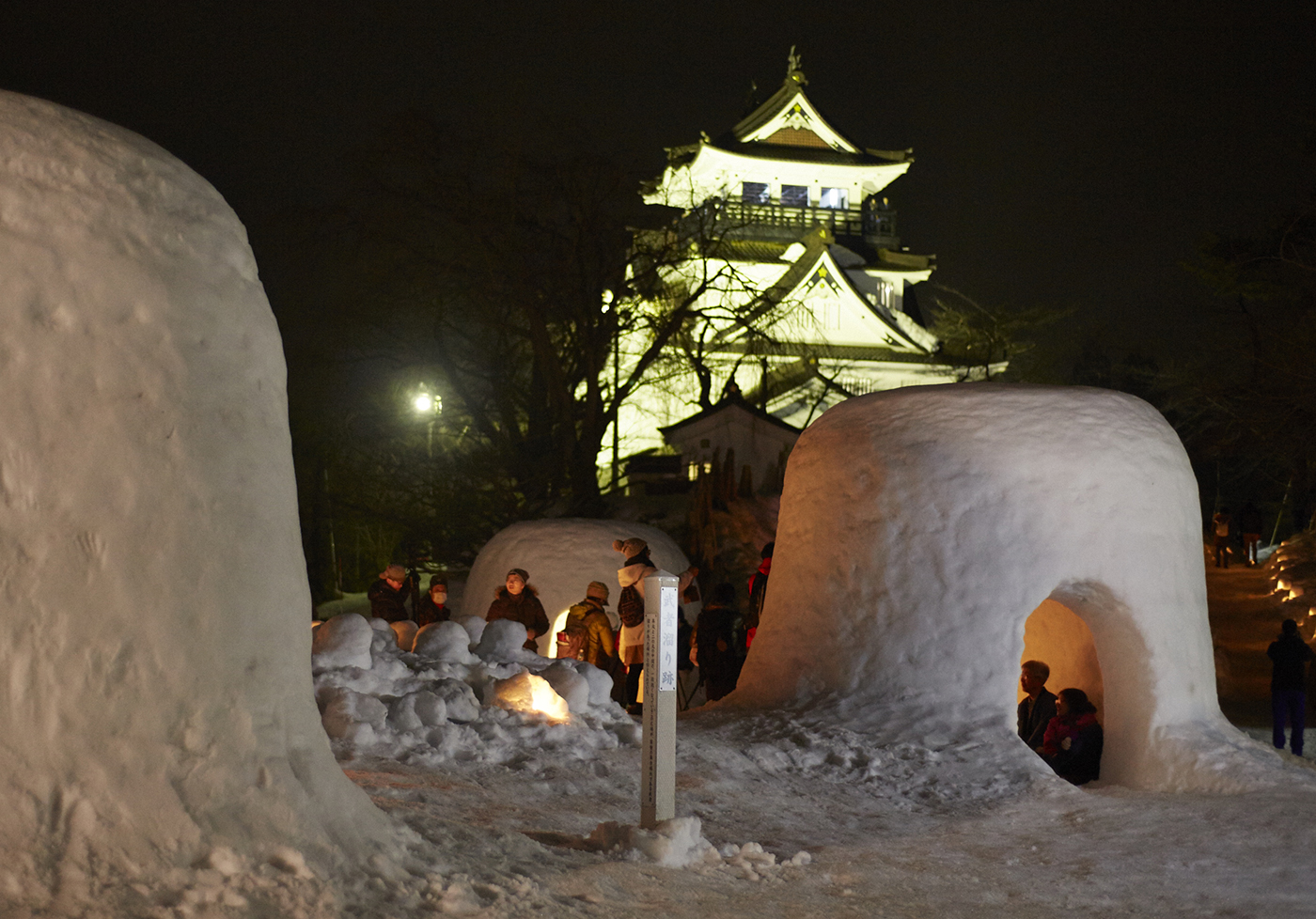
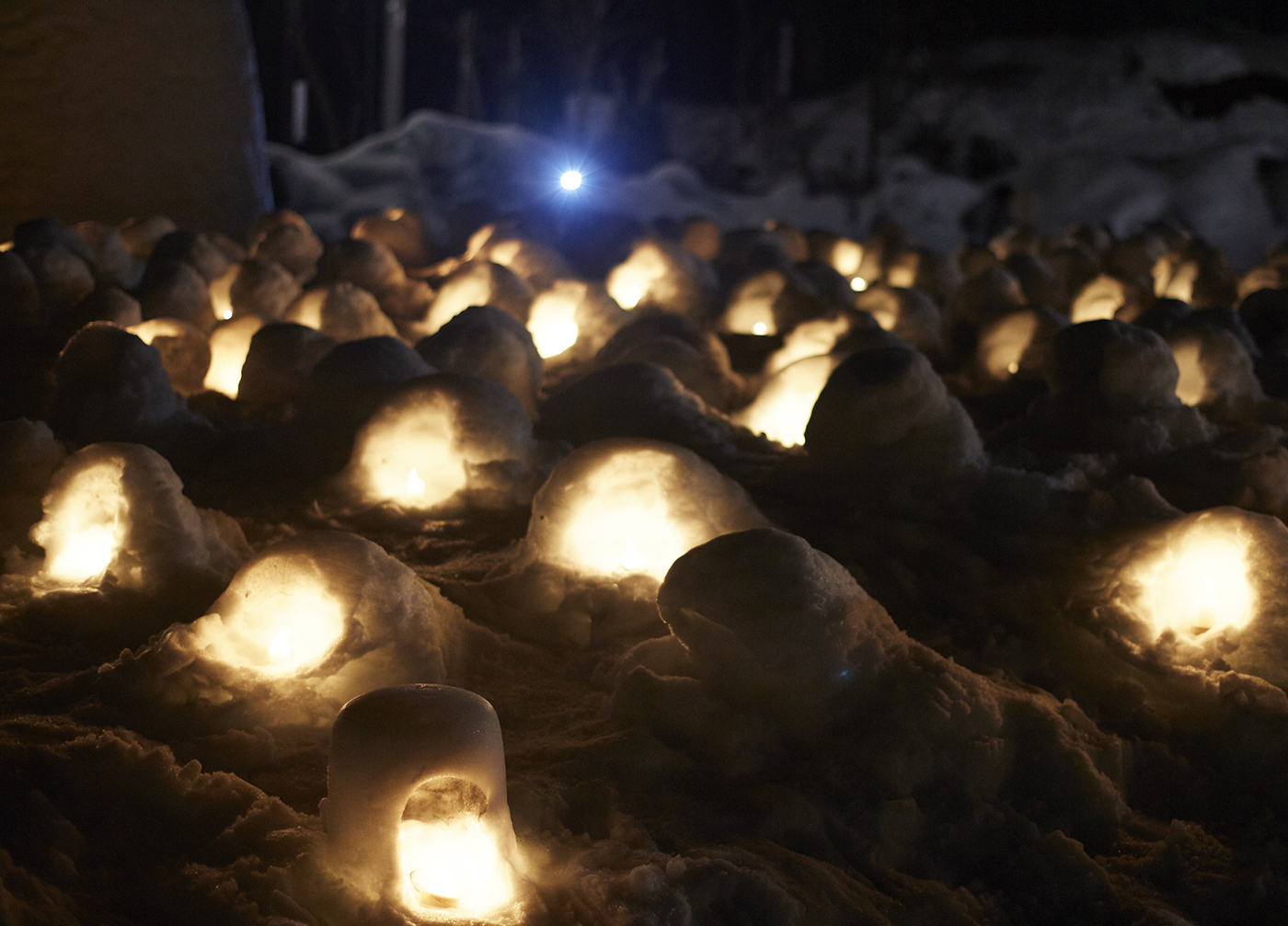
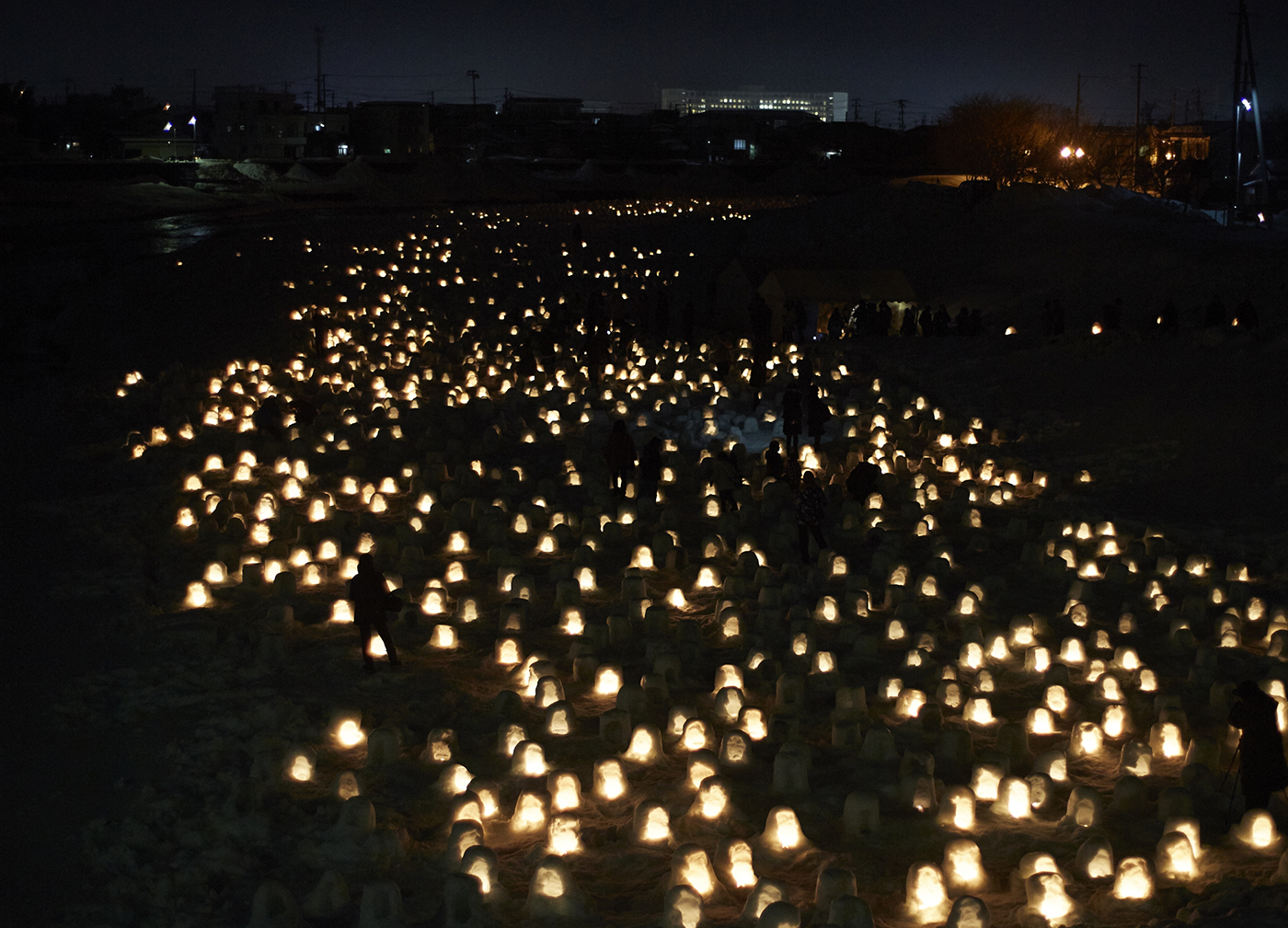
- TERUI
- We should have a day once a year when we express our gratitude for things like this. This is something which I think shouldn’t change. Next, I think it needn’t just be children hosting the kamakura. I was an adult when I first hosted one! (Laughs).
- YABUKI
- I see what you mean!
- TERUI
- If changes need to be made for safety reasons, then we have to go along with that don’t we? I’m not the kind of person to argue! (Laughs)
- YABUKI
- Ha ha! Makes sense!
- TERUI
- When people complain, “It wasn’t like this in the old days” I feel like saying, “When do you mean when you say ‘the old days’?” If they’re just talking about when they were kids, that’s just a point in time in a span of 450 years or so. That’s why I think it’s good for this festival to change with the times.
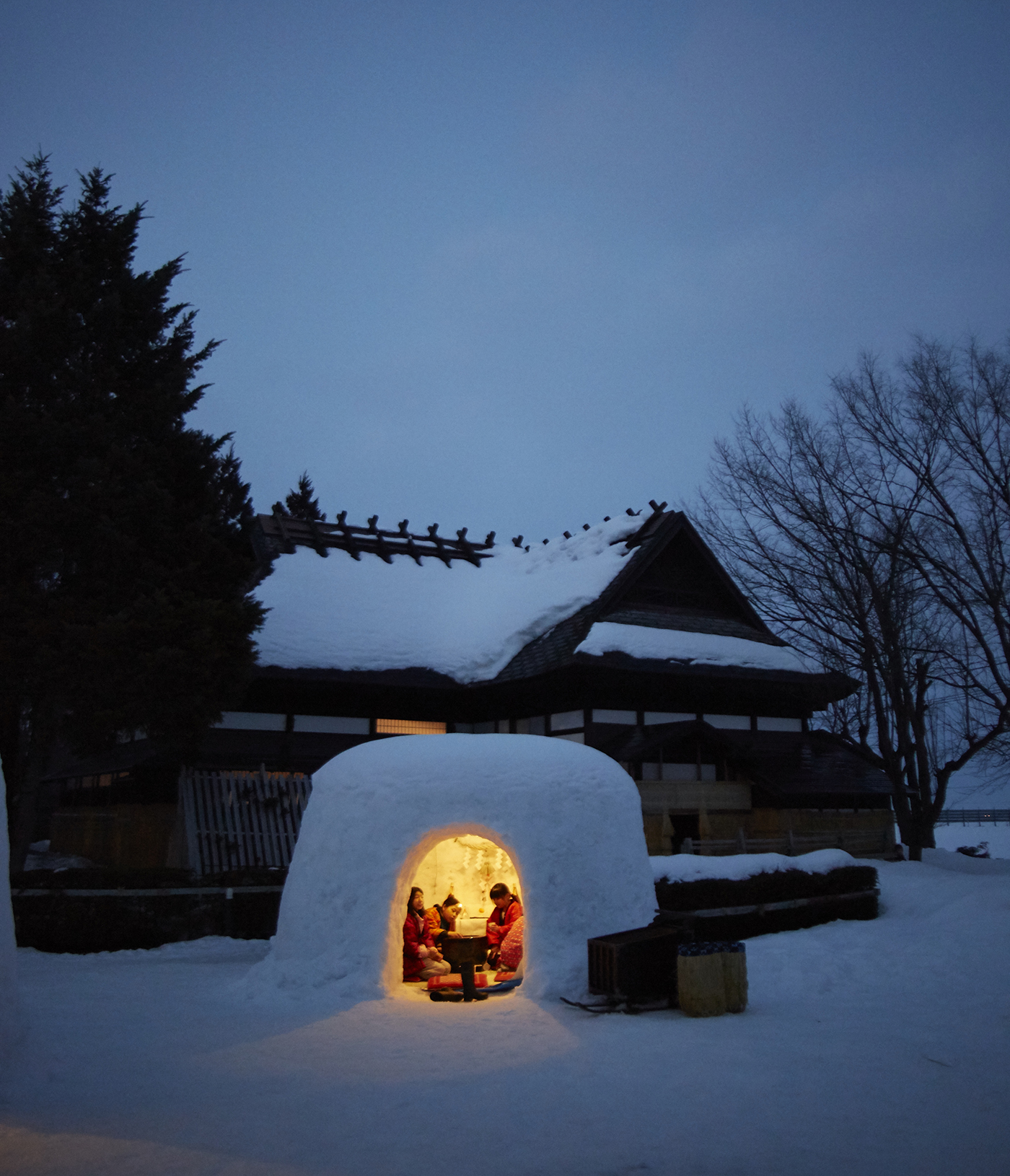
We’ve now learned about three kamakura events: the Kakunodate Hiburi Kamakura, the Rokugo Kamakura and the Yokote Kamakura.
Each event has the word “kamakura” in its name, yet each one is completely different. It just goes to show what a great variety of events and festivals there are here in Akita.
Take a look at the videos of these events to get a summary of what we have learned.
Were the articles helpful
For you to learn about Kamakura?
If yes, click the bottun (with voice)
Below!

